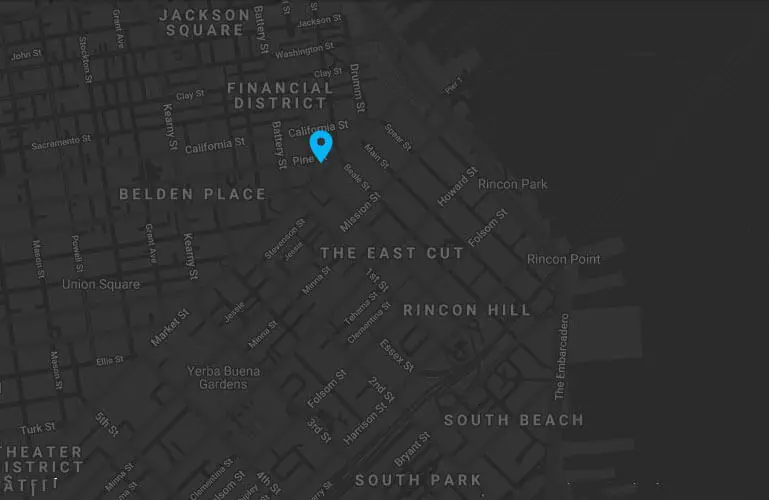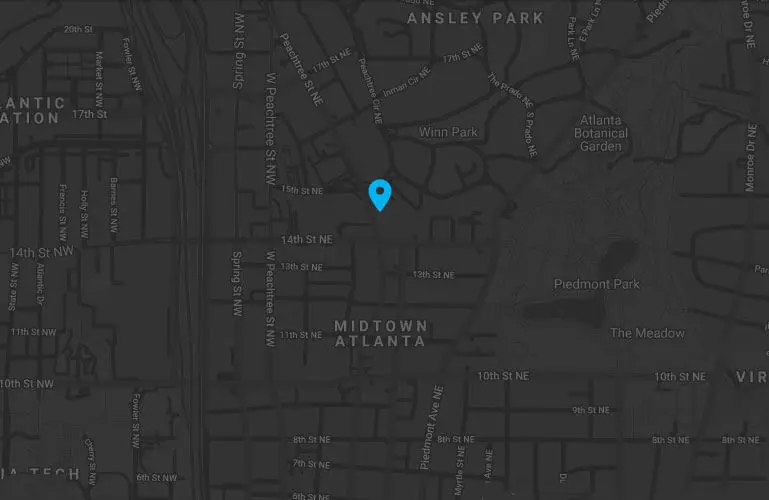How to Build a Web3 Website
Web 3.0, or Web3, technologies are growing in popularity as the next-generation web ecosystem evolves. In my previous article, I discuss what Web 3.0 is and why it’s important for a business to adopt. But as a longtime Web2 agency entrepreneur, I ask myself the question: What defines a Web3 website and how does it work? In this article, I will attempt to explain.
Web3 is the emerging future vision of the internet based on public blockchains, a system of record-keeping that is best known for empowering cryptocurrency transactions. Today, most websites and applications use some form of centralized database to deliver data and help to enable functionality. What makes Web 3.0 so attractive is that it is decentralized. Instead of dependency on companies like Facebook, Google or Apple, users will access the Internet using services that they own and govern themselves.
As a result of Web3, blockchain domain name service (DNS) systems have emerged. This includes once obscure names as Ethereum, Decentraweb, Unstoppable Domains and Handshake. For business owners that wish to stay relevant, incorporating decentralization into their websites is an imperative. But how does one accomplish this admittedly nebulous task? To start, we need to talk about Web3 domains.
Domains: The Gateway to Decentralization
We are all familiar with the classic Web1 domains that were available when the Web first hit the scene. These include the ubiquitous .com, .net, .org, .gov, etc. As these extensions began to fill up, the Orwellian-sounding Internet Assigned Numbers Authority (IANA) expanded official domains to include more specific extensions such as .biz, .store, .blog, .me, etc. Web3 domains simply expand on this trend to include extensions such as .crypto, .nft, .wallet, .blockchain, etc. But Web3 domains are very different than their predecessors. Web3 domains are non-fungible tokens, or NFTs, and are publicly transparent digital certificates on the blockchain. Web3 domains are decentralized, unique assets. An organization can purchase these extensions, using cryptocurrency or traditional payments, and redirect them to their traditional domain. Visit Unstoppable Domains to learn more about Web3 extensions.
Web3 domains are the gateway to decentralization and the introduction of Web3 applications that run on the blockchain networks. In addition to a memorable name people can type in to access a website, Web3 domains are a unique crypto wallet. Cryptocurrency wallets stores the public and/or private keys for cryptocurrency transactions, including legal contracts. In order to exist in a Web3 ecosystem, one must have a crypto wallet. For more information, I suggest reading this article at Coinbase.
How to Build a Web3 Website
Once you have purchased your Web3 domain, you can build your website by choosing from available templates, redirecting to your existing domain or building a custom website (from DEEPBLUE, of course). But the question is still begging to be asked:
What is a Web3 website?
Although the definition is still evolving, its basic tenet is that it adheres to the fundamental philosophy of decentralization. From corporations to organizations, a decentralized website will open up a whole new world of autonomous organizations and business models that do not yet exist. As Web1 websites were basic distribution of information and Web2 websites introduced user-generated content and social engagement that was previously unimagined, a Web 3.0 website will be the next evolution of Web technologies and applications. I know that this sounds obtuse, but bear with me. At this point in time, a Web 3.0 website is mostly theoretical. I can direct you to websites that employ Web 3.0 technologies, but that does not necessarily mean that their websites are Web 3.0. As the owner of a web design agency, my perspective is focused primarily on the practical applications of Web 3.0 technologies and ecosystems when building a website.
The Future of Web3 Websites
Web 3.0 websites will, at least in theory, supplant the established commercial platforms with open protocols and decentralized networks, merging Web1’s closed architecture with Web2’s social engagement and user-generated content. In truth, no one has yet to predict the outcome of this merger. My entire point in writing this article is not to muddle the definitions, but to inspire you, the entrepreneur, to be the trailblazer that helps to mature these developing technologies. YOU will be the one that defines what a Web3 website is and what it will do to transform our lives. This is truly an undiscovered country.


